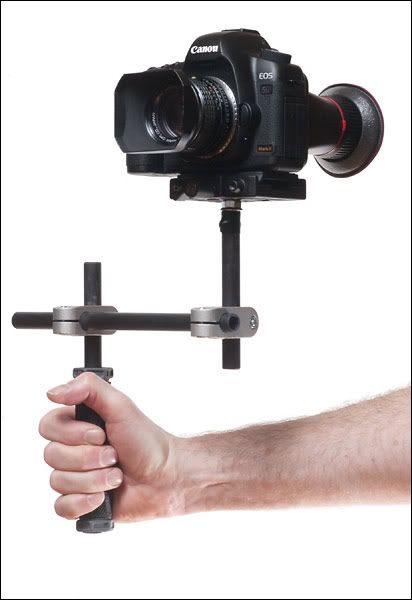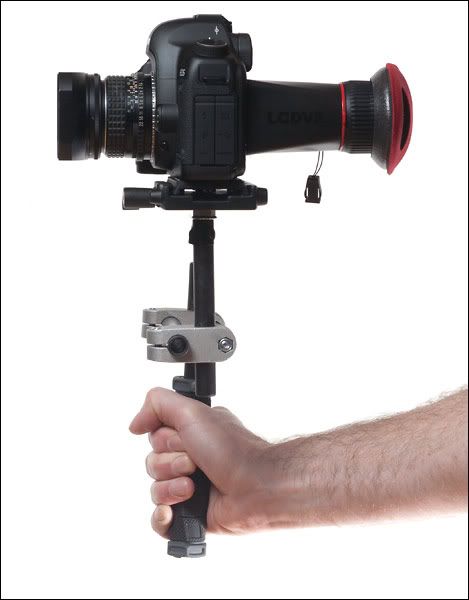Improving your Basenji photography!
-
SeattleMax.
It is capable of shooting great video as well. I am one of the main moderators at Cinema5D.com which is one of the largest DSLR video sites in the world. Definitely worth exploring if you have this kind of camera and were considering shooting video.
.thanks for the link, will check it out for sure.
We came from an XSi, a camera that we both loved, but it lacked the video cpapbilities and with two kids and four dogs..let's be honest..some great movies can be made with them as props or actors :):D. We also have a jvc Everio, nice little compact video camcorder..but with the camera in tow it usually meant we either left it at home or it got forgotten on a daily basis…now we can do both with one camera.
I want to get some more lenses..we have with the camera the EFS 18-135mm as well as an EFS 55-250mm that we had with the XSi..thinking about selling the latter one and get a longer zoom and I also want a macro lens..Do you have any you recommend?
-
I currently use the Canon 5D mkII and the Canon 60D. Both can shoot hi def video at 1920 x 1080. The 5D is a "full frame" camera while the 60 uses the "crop sensor".
The 5D mkII set off a revolution in that it records real hi def video with a huge sensor. The sensor size in these DSLRs dwarfs the sensors in most camcorders. This means you can record video with that shallow depth of focus look that film makers love. Camcorders record almost everything in focus which gives that daytime TV soap opera video look that more serious film types loathe.
Using these DSLR cameras to record video can yield incredible video, especially when viewed full size & uncompressed on a large display or new TV. Be sure to explore the HD videos on Vimeo.com.
Getting good, stable, in-focus video with these systems is not that easy though. Remember these are still cameras first. They can also record video. Most of the DSLRs that shoot hi def video will not use auto focus when recording video. You must focus manually! Some auto focus lenses are not that great when it comes to focusing them manually. Lots of DSLR video users will buy older manual focus lenses from old film cameras like Pentax, Olympus Zuiko, Zeiss, Nikon, etc as these lenses (some are 40-years-old) have great focus barrel movement and deliver great performance for the money. It might seem odd that users of the latest digital wizardry are looking for decades old lenses, but there you have it.
The other difficulty with shooting video with these cameras is the form factor. Traditional video cameras used to be heavy beasts that sat on your shoulder and you used an eye piece to view the image. DSLRs are light and you have to look at the back of the LCD to view your image. Holding the camera in front of you while looking at the back of the camera while focusing the lens manually is a direct recipe for very wobbly video. Its almost impossible to shoot steady video this way. A huge industry now caters to providing support rigs, optical view finders, follow focus devices, sliders, video tripods, etc, all designed to increase the steadiness and focus accuracy of your footage.
This is what my Canon DSLR looks like with all this extra stuff I now have for shooting video:

Here are a couple of shots with a basic "rig" with optical viewfinder attached to the LCD that gives you a much better preview image and vital additional points of contact to increase video stability. The idea is to increase points of contact. Some rigs will also have rods and weights that go over your shoulder. A fluid head video tripod is a great way of improving your footage. The fluid head is designed so that you can pan the camera left to right or up an down smoothly. A still photography tripod head is designed to lock the camera down with no movement.


Needless to say all this technology can be become a dangerous slippery slope!
-
A note on lenses…
Lenses come in all shapes, sizes, weights, prices, focal lengths, zoom ranges, lens speeds, and image quality.
In very general terms I will present the lens buying quandary as a three legged stool. The three legs are cost, performance and mass (size and weight). Its usually very difficult to satisfy all three at the same time. You have to give up one leg to satisfy the two others.
For example, if you want the very best image quality then the lens will most likely be heavier and expensive. If you want small and cheap then you have to sacrifice performance with regards to image quality.
Many new camera buyers will get the "kit lens" that comes with the camera. For many users this lens will do just fine. Some buyers will avoid the kit lens and buy specific lenses for their needs. Ever hear the advice about buying stereo equipment: "spend more on the speakers than on the amplifier/receiver". Its sort of the same when buying lenses. Buying good lenses is an investment. You might buy and sell (upgrade) the cameras constantly but the lenses you can use continuously. I am still using top quality Canon "L" lenses that I purchased in the mid 1990s before digital cameras were even invented.
Some users will buy affordable long range zoom lenses that "do everything." Indeed they can do a pretty good job. But these lenses will usually have a long focal length zoom range like 28-200mm. There are compromises when designing lenses with such a long focal length range. These lenses will have a "sliding aperture" range as well, like f/4.5 - f/8.0. This means the "lens speed" will get darker as you zoom to a longer focal length. Constant aperture lenses are usually faster and have better image quality. They are also much brighter to look through. An f/2.8 lens will look much brighter than a f/8 lens. The downside to these quality faster lenses is increased weight and cost. The pro level wonder Canon EF 70-200/2.8 "L" IS mkII lens is a heavy beast that costs something like $2400! But the performance is simply amazing.
Many users will naturally buy zoom lenses. They offer so much and the image quality of zooms now is way better than zoom lenses of yesteryear. But many experienced photographers will also use fixed focal length lenses. Fixed focal lengths means you don't have the ability to zoom to different focal lengths, you have to walk to get closer. But many of these lenses have faster apertures, reduced weight, reduced size, reduced costs, and better image quality than their zoom cousins. Some mid range fixed lenses like 50mm or 85mm can have very fast apertures like f/1.8, f/1.4 and even f/1.2. You will not find lens speeds like this in any zoom lens.
Using a quality fixed "portrait lens" like a 85mm f/1.8 is a great tool for shooting portraits of your Basenjis. These lenses are built well, can be found used, are very bright to focus with and deliver great results at around f/2.8. Using a shallow aperture will produce that nice soft out of focus background that makes eye contact pop out of the picture.
-
Thanks SeattleMax..for you lens expertise…Will look around and see what I can find..the 85mm lens is something I already looked at though..
-
Thank you for the tips Max, although I only have a 'plain' camera they are very useful. May I have permission to print your posting?
Sure, go right ahead!
-
Here is another tip for users who shoot pics and video with a iPhone, point and shoot, or any basic camera…
The hardest part of using these cameras is holding the camera out in front of you while composing the picture with the LCD AND keeping the camera steady. Not so easy.
A great tool here are those "gorilla pods". These are mini tripods made with flexible legs that can be shaped any way you like. They can also wrap around fences, trees, backs of chairs etc. They really improve the steadiness of your shots. They really help when shooting video with a light camera. Hold two of the legs with each hand and wedge the third leg into your shoulder. It can make a big difference.
These Gorilla pods are light and reasonably cheap as well.
-
Hold two of the legs with each hand and wedge the third leg into your shoulder. It can make a big difference.
Hey, I have one of those. Didn't think to use it that way though. Such a simple but useful tip!
